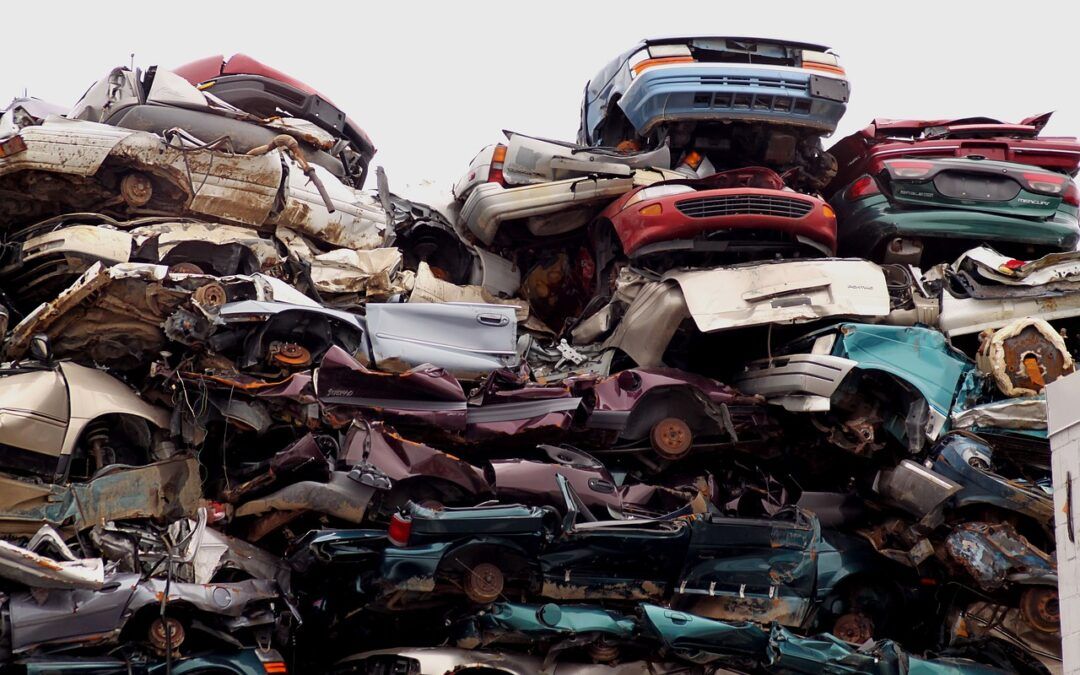
Classification of Scrap Metal for Recycling
Recycling is being carried out on a large scale now. This is because our world is consuming a vast number of products. After consuming the products, the waste from these products is thrown away. The waste turns into garbage, landfill, and thus pollution. It is extremely harmful to our environment. Our environment slowly but surely will turn into an unlivable place for us humans and other animals if we do not do recycling. There are a lot of products that require recycling. Each of them has a different process of recycling as per their composition, properties, and etc.
Out of all the materials involved in recycling, metal is a major one. It is because we already have vast amounts of metal. So, it is better to use the already existing metal instead of extracting raw metal from the soil. Extracting requires more energy and thus is more harmful to the environment. Recycling is comparatively better for the environment along with other benefits.
However, the process of recycling is sometimes complicated. It is because the already used material is being brought into something new. In the recycling process of metal, the scrap metal is first bought from the scrap metal seller by industries. Then the buyers do classification into different kinds of metal as the other process will be as per those types.
Scrap metal has classification into two parts as follows:
Ferrous Metal
It is the type of metal that has iron in it. The most common type of metal found among scrap metals is ferrous metal. The amount of ferrous metal recycling in the USA is so much that it is enough to construct around 25 Eiffel Towers daily. If you want to recognize which metal in your scrap is ferrous, just bring a magnet close to it. If the metal attracts, it means the metal is ferrous; otherwise, not. The following materials in your house must have a ferrous metal in them:
- Ovens
- Electric Kettles
- Refrigerators
- Cars
Ferrous metal has a significant amount of carbon in it, due to which they are prone to corrosion or rust. So, another characteristic of recognizing ferrous metals is to see if they rust or not.
Non-Ferrous Metal
As the name suggests, it is that metal that doesn’t have iron in it. Magnets are not attracted to non-ferrous metal, and corrosion also doesn’t affect this metal. Their strength is less than ferrous metal, due to which they tend to be softer too. For this reason, they are given many shapes and turns. That is why you will find non-ferrous metal being used in pipes, wires, roofing, and etc. They have an advantage over ferrous metal as non-ferrous can be used in environments with moisture without rusting. That is why they have many uses in places where ferrous metal would prove to be useless. A few of the common non-ferrous metals are:
-
Aluminum
– It has good strength, is lightweight, and flexible. Mostly aluminum is recycled for the same product it was initially being used for. Few areas in which you will find aluminum are construction (roofs, window and door frames, etc), packaging (you will find it in almost every packaging now), kitchen, and wires.
-
Copper
– It is that one metal is known widely for its electrical conductivity. Other than electrical conductivity, its thermal conductivity is exceptional too. Usually, it is alloyed with other metals like zinc, lead, and tin in its applications. Copper is used in areas like electrical components (for wires), in plumbing, for insulation, in cookware items, and etc.
-
Zinc
– Often, we hear about the metal zinc, but we rarely know where it is used precisely. It is a beneficial type of metal with uses in batteries, creating another element known as brass (an alloy of zinc and copper), and protecting steel and iron from corrosion (a process known as galvanization).
The classifications and their uses indicate how it is easy to recycle metal if you are aware of which type it is. For an average person selling scrap metal, the classification might not be essential, but it is for the people working at a junkyard. Another critical point we can conclude is, your junk car is composed of both ferrous and non-ferrous metal.
